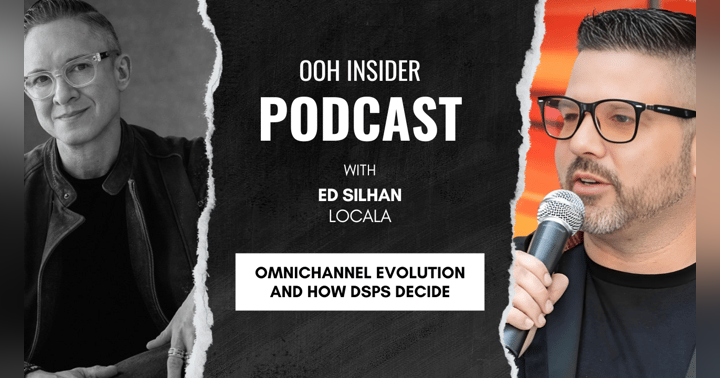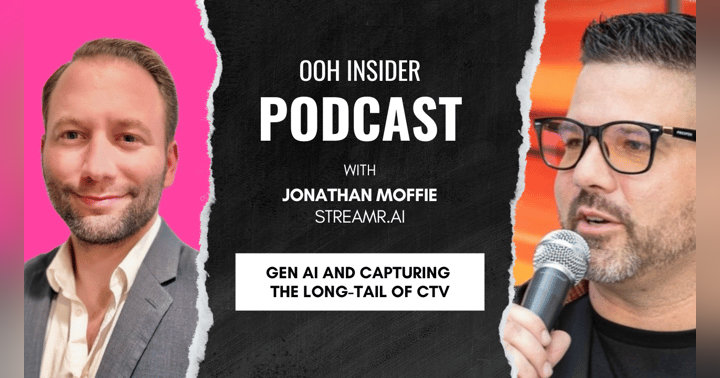The Beatles, Billboards, And A Sign of the Times.

If you polled 100 people in the street and asked them how many times The Beatles launched an album with billboards on the iconic West Hollywood Sunset Strip, I bet 98 out of 100 would say "all of them".
But 98 people would be wrong. Despite how iconic Rock 'N' Roll Billboards Of The Sunset Strip and The Beatles may be, it wasn't until the last album they recorded as a band, Abbey Road, that they would adorn that sunset skyline.
From Rock 'N' Roll Billboards Of The Sunset Strip By Robert Landau:
"The first billboard Roland Young ever designed just happened to be one of the most historic and storied billboards to ever appear on the Sunset Strip. It was the 1969 billboard for the Beatles legendary Abbey Road album. Young had recently joined the art staff of Capitol Records where he began his career in the music business after completing a stint apprenticing the master designer Lou Danziger.
One of the larger record companies to have been established and headquartered in Hollywood, Capitol was slow to grasp the rock 'n' roll billboard phenomenon unfolding right under its nose. Perhaps that's because, at the time, new Beatles records were so highly anticipated that little marketing was required. In retrospect, it still seems surprising that the group's last studio album, Abbey Road, was the first of the Beatles' work to have its own billboard on the Strip. As if to make up for this slight, all of the individual band members were well represented with highly imaginative billboards for solo projects in the ensuing post-Beatle years.
"I started with Capitol in 1966, and back then nobody had any idea how big it would all become. They were thinking that this rock 'n' roll thing was going to be like the Hula Hoop: here today and then gone." Young further recalls that "Capitol executives threw the Beatles billboard at me because I was the junior designer." He took one look at the album cover and knew that the billboard would not require any words. He was looking for a way to call attention to the distinctive and well-known profiles and hairstyles of the individual Beatles.
I was always fascinated with cut-out extensions. We'd been using the idea in print ads to outline things, but not really on billboards. I knew that I didn't even have to put their name on it if I outlined their heads above the board and the sky would become the background and make them stand out.
The heads stood out so well that some overzealous fans climbed up on the board late one night and lopped off Paul's extended head as a souvenir. Young remembers getting an excited call the next day from the billboard company.
Catching Lightning In A Bottle
When Foster and Kleiser called and said McCartney's head was missing, I said "Well, damn it, replace it." And then I thought about it. There were rumors going around at the time that Paul McCartney was dead, so I called them back and said "Don't put it back on." Then when I went out to look at it I said to myself "Shit, that's even better than the original." That was another level of art, the first interactive billboard. Whoever took it was a street artist and didn't know it."

Now and Then
So naturally, when I saw this post from MilkMoney celebrating this incredible moment in time being celebrated by Universal Music Group and Capitol Records and featuring our friends at New Tradition, OUTFRONT Media, Branded Cities, Pearl Media, Clear Channel Outdoor, and InSite Street Media, we thought it'd only be right to join the present and the past, the last.







All the way back in August of 2021, Robert Landau, joined Episode 75 of the podcast and has continued to bring this incredible collection of Americana to life in the ultimate story form - motion picture.
If you love billboards then this is a must-have book for your collection and I strongly encourage you to splurge for the hardcover. It's the ultimate coffee table book for the sign lover in all of us.


